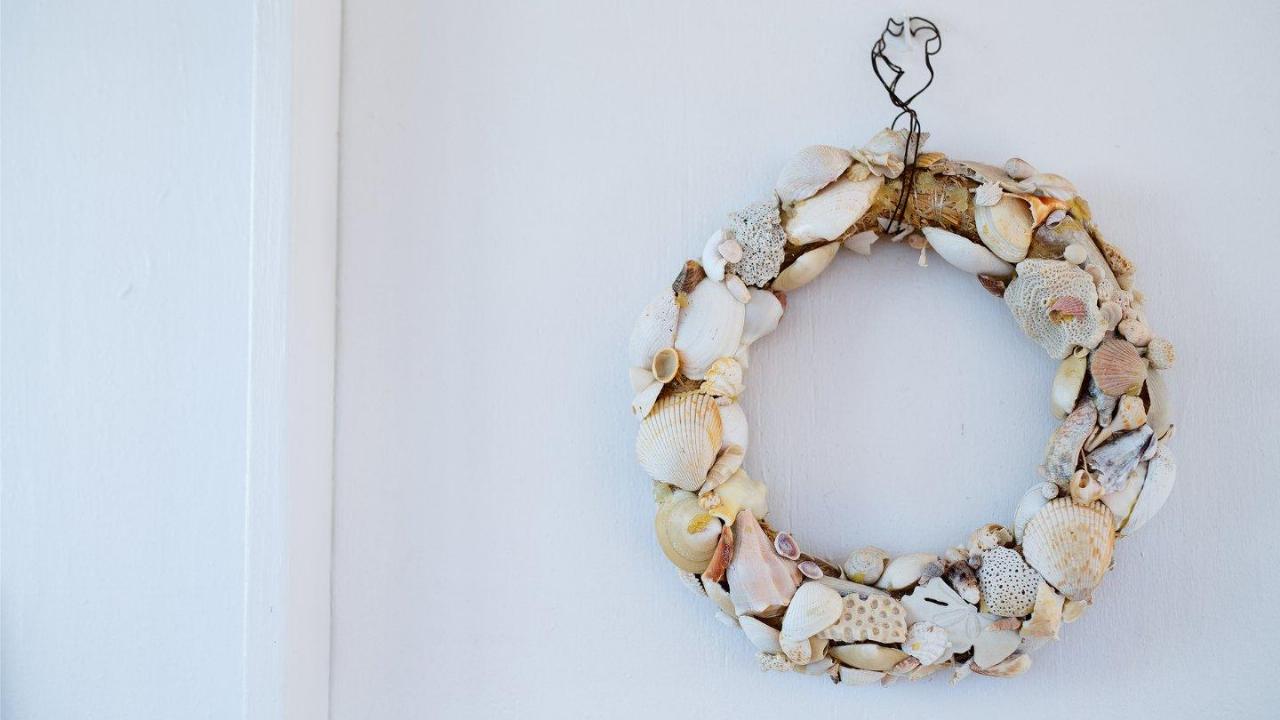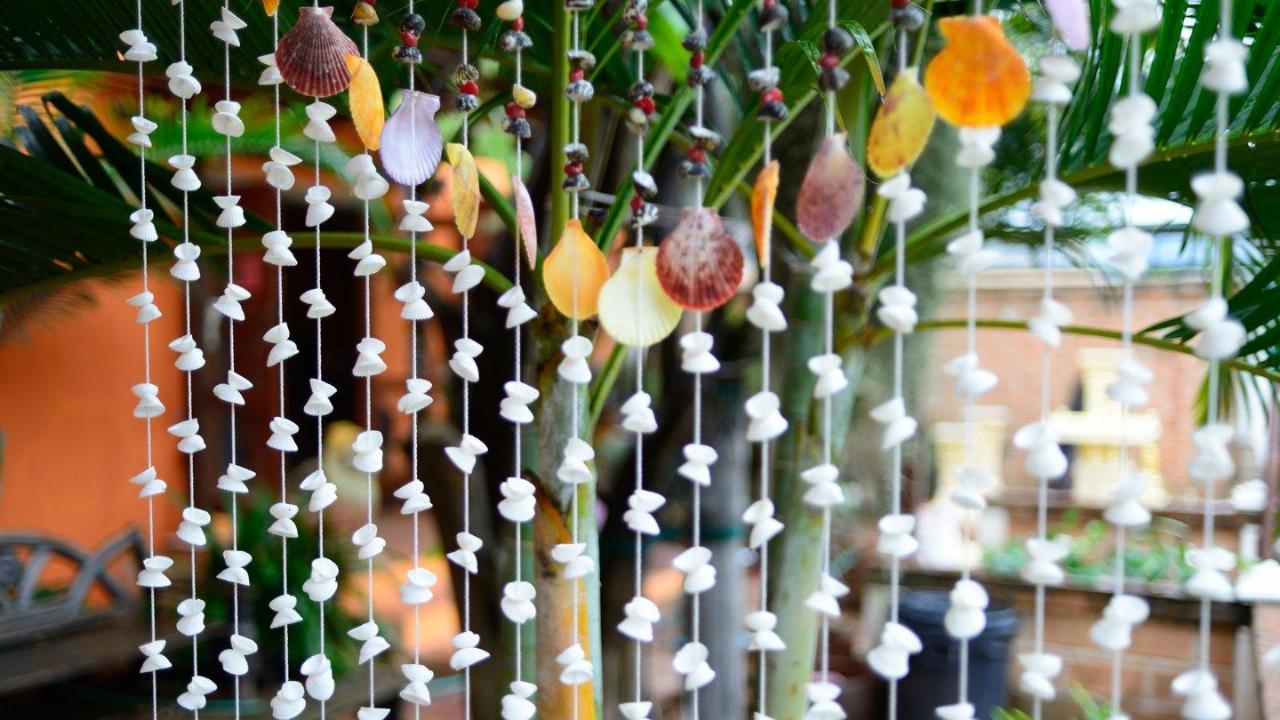Transforming your home into a coastal retreat doesn’t require a beachfront property—just thoughtful design choices that capture the essence of seaside living. This comprehensive guide explores how to create spaces that feel like a permanent vacation, with the perfect balance of relaxation and sophistication that coastal design offers. Whether you’re renovating a beach house or simply want to bring ocean-inspired elements into your urban dwelling, these principles will help you achieve that coveted coastal aesthetic.
Understanding Coastal Design Fundamentals
Before diving into coastal interior design, it’s essential to recognize what truly defines this style. Many homeowners initially confuse coastal with nautical design, but they’re distinctly different approaches. While both draw inspiration from maritime environments, coastal design focuses on creating light, airy spaces that reflect the natural beauty of shorelines. According to Casa Jedo experts, coastal interior design aims to bring the tranquility and beauty of the beach into homes through thoughtful color choices and material selection. This style emphasizes serenity and openness rather than themed decorations.
Distinguishing between coastal and nautical styles
Coastal design draws inspiration from the natural elements of beach environments—sand, sky, and water—creating calm, relaxed spaces. Nautical design, in contrast, leans more heavily on maritime motifs like anchors, ropes, and navy blue with red accents. For an authentic coastal look, avoid overloading your space with obvious beach-themed decorations. Instead, focus on capturing the feeling of seaside environments through subtle design choices that evoke the coast without explicitly stating it.
Color palettes that evoke seaside environments
The foundation of coastal design lies in its distinctive color palette. Whites and soft neutrals form the base, representing sandy beaches and creating a sense of expansiveness. Ocean blues in various shades add depth, while seafoam greens introduce the colors of coastal vegetation. For visual interest, incorporate accent colors like coral or sunny yellow, reminiscent of beach flowers or sunset hues. These colors should flow naturally throughout the space, creating a cohesive environment that feels connected to coastal landscapes without becoming monotonous.
Creating Light and Airy Spaces
The essence of coastal design lies in spaces that feel open, bright, and full of fresh air. This sensation directly mimics the experience of being at the beach, where expansive skies and horizons create a sense of freedom and possibility. Interior spaces designed with coastal principles should capture this same feeling through thoughtful lighting and architectural choices that maximize openness.
Maximizing natural light in coastal interiors
Natural light serves as the cornerstone of coastal design, creating the bright, uplifting atmosphere associated with beach environments. Remove heavy window coverings wherever privacy permits, and consider architectural changes that welcome more sunlight, such as larger windows or skylights during renovations. Reflective surfaces like mirrors strategically placed opposite windows can amplify available light, while glass-topped tables or translucent fixtures maintain the flow of brightness throughout the space. Even in rooms with limited natural light, layered lighting with warm-toned bulbs can create a similar sun-kissed glow.
Selecting appropriate window treatments for beach-inspired rooms
When privacy necessitates window coverings, opt for treatments that maintain the light, breezy quality essential to coastal design. Sheer white curtains that billow gently in the breeze create movement reminiscent of ocean waves, while allowing filtered light to enter. Natural woven shades made from materials like bamboo or reed introduce texture while maintaining the organic quality of coastal interiors. For bedrooms requiring darkness, consider layering solutions with lightweight curtains that can be drawn open during daytime hours to maintain the airy coastal atmosphere.
Furniture Selection for Coastal Living
Furniture in coastal design balances comfort with durability, creating inviting spaces that withstand the unique challenges of seaside environments. The right pieces should contribute to the open, relaxed feeling while standing up to elements like humidity, salt air, and even sand tracking in from nearby beaches.
Materials that withstand coastal conditions
Coastal environments pose unique challenges for furniture due to higher humidity levels and, in some cases, salt exposure. Select pieces made from naturally resilient materials like teak, cedar, or marine-grade aluminum for outdoor-adjacent spaces. Indoor furniture benefits from water-resistant fabrics treated to resist mildew and fading. Natural materials like rattan, wicker, and weathered woods connect with the coastal aesthetic while providing necessary durability. Performance fabrics in natural colors offer practical solutions for upholstered pieces, combining the casual elegance of coastal style with resistance to moisture and wear.

Arrangement strategies for open, flowing spaces
Furniture arrangement in coastal interiors should enhance the sense of openness and facilitate easy movement between indoor and outdoor areas. Create conversation areas that face views when possible, positioning seating to take advantage of natural vistas. Maintain generous pathways between furniture groupings, avoiding overcrowding that could diminish the spacious quality essential to coastal design. Multi-functional pieces like storage ottomans or benches with hidden compartments help maintain clutter-free spaces while providing practical solutions for beach gear and seasonal items.
Textural Elements in Coastal Design
Texture plays a vital role in coastal interiors, adding depth and interest to spaces dominated by light colors. The interplay of smooth and rough surfaces mimics the diverse textures found in beach environments, from polished sea glass to rough driftwood and grainy sand.
Incorporating natural fibers and woven textures
Natural fibers introduce organic warmth and textural interest to coastal spaces. Sisal, jute, or seagrass rugs ground rooms with their earthy texture while connecting to beach environments. Woven baskets provide both decorative elements and practical storage solutions. Consider furniture with visible weaving techniques, such as rattan chairs or headboards with intricate patterns that add visual complexity without overwhelming the serene atmosphere. These natural elements bring authenticity to coastal interiors, moving beyond surface-level beach themes to create genuinely inviting spaces.
Balancing smooth and rough surfaces for depth
Coastal environments feature a fascinating juxtaposition of textures—from smooth, water-polished stones to rough coral formations. Translate this natural contrast into your interior by balancing different surface qualities. Pair weathered wood coffee tables with sleek glass lamps, or rough linen upholstery with polished ceramic accessories. This textural variation creates visual interest in predominantly neutral spaces, offering tactile experiences that engage the senses. The contrast between smooth and rough elements adds sophistication to coastal interiors, elevating them beyond basic beach-themed decor.
Accessorizing with Seaside-Inspired Decor
Accessories in coastal design should enhance the overall atmosphere without overwhelming the space. The right decorative elements add personality while maintaining the serene, uncluttered quality that makes coastal interiors so appealing.
Authentic versus themed coastal accessories
The most successful coastal interiors avoid overtly themed decorations in favor of subtle references to seaside environments. Rather than filling shelves with miniature lighthouses or rope-wrapped everything, incorporate genuine elements that evoke coastal settings. Consider displaying personally collected shells or sea glass in simple glass containers, or hanging artwork that captures the colors and feeling of the coast without literal beach scenes. Natural found objects like driftwood or smoothed stones make meaningful decorative elements that connect genuinely to coastal environments rather than mass-produced beach-themed trinkets.
Styling shelves and surfaces with beach finds
When displaying coastal accessories, embrace a curated approach that prevents visual clutter. Group similar items together rather than scattering them throughout the space, creating intentional vignettes that tell a story. Leave ample empty space around displayed objects, allowing each piece room to breathe. Mix personal beach finds with books, plants, and everyday objects for shelves and surfaces that feel collected over time rather than artificially styled. This balanced approach to coastal accessories maintains the open, uncluttered feeling essential to the design style while still allowing for personalization.
Functional Considerations for Beach Properties
Beyond aesthetics, coastal homes have unique functional requirements that must be addressed through thoughtful design choices. Practical solutions for managing sand, moisture, and recreational equipment ensure coastal interiors remain beautiful and functional over time.
Durable flooring options for sand and moisture
Flooring in coastal homes must withstand challenging conditions including tracked-in sand, water exposure, and high humidity levels. Luxury vinyl planks offer the appearance of wood with superior water resistance and easy maintenance. Ceramic or porcelain tiles in natural tones provide exceptionally durable surfaces that withstand heavy foot traffic and moisture. For a warmer look, engineered hardwoods with marine-grade finishes offer greater dimensional stability than solid wood in fluctuating humidity conditions. These practical flooring choices maintain the coastal aesthetic while addressing the unique demands of seaside living.
Storage solutions for beach gear and equipment
Effective storage prevents beach gear from disrupting the serene coastal interior. Create a designated transition zone near entrances with built-in benches, hooks, and baskets for managing sandy items before they enter main living areas. Consider outdoor showers or foot-washing stations for properties near beaches. Within the home, incorporate stylish storage solutions like window seats with hidden compartments, decorative baskets, and multifunctional furniture that conceals seasonal items. These thoughtful storage strategies maintain the uncluttered appearance essential to coastal design while accommodating the practical needs of beach living.

